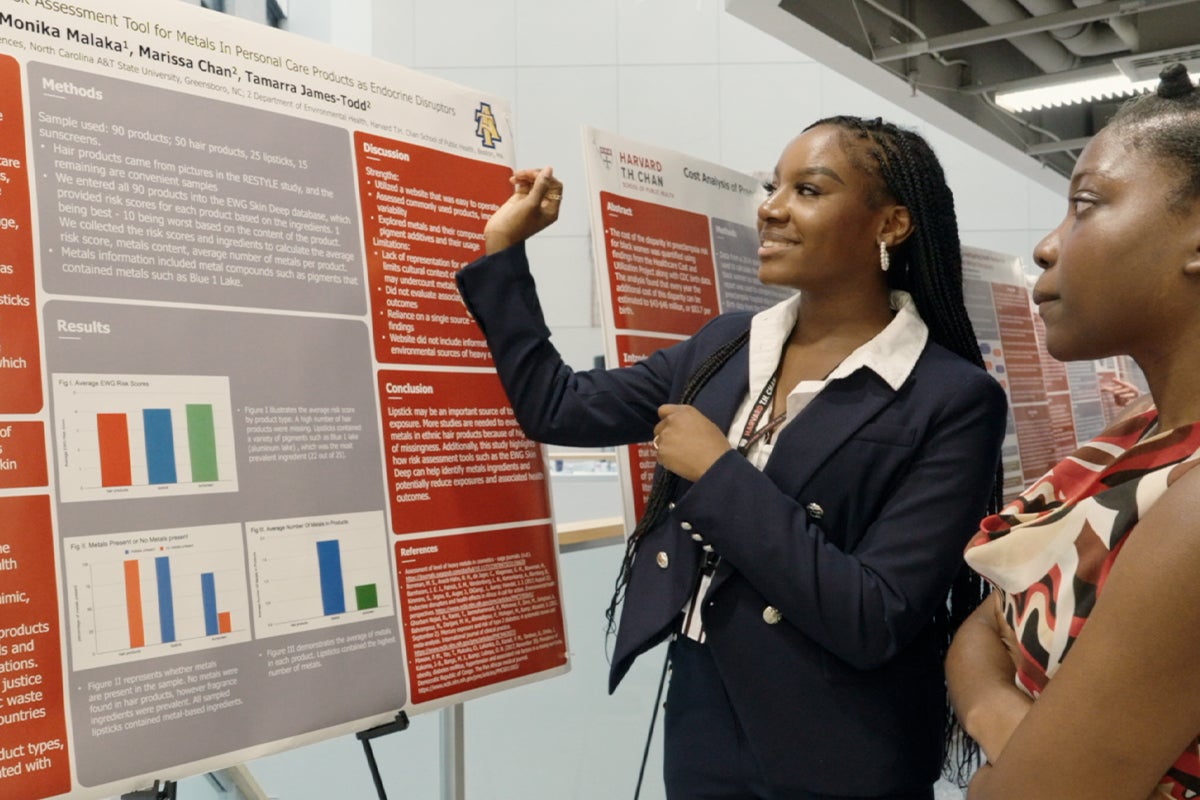Overview
As an epidemiologist, my research takes a three-way approach to studying and improving women's reproductive and long-term health by: 1) evaluating the role of environmental chemicals on adverse maternal health outcomes; 2) assessing racial/ethnic disparities in environmental chemical exposures and adverse health outcomes; and 3) developing pregnancy and postpartum interventions to improve women's chronic disease risk.
Environmental Health and Pregnancy Complications. Everyday we are exposed to hundreds of chemicals that can affect our health. Over the course of our lives, these chemicals may have differing effects that could have a greater impact on our health during certain critical and sensitive windows . Furthermore, certain populations, such as women and minorities have higher exposure levels of certain types of chemicals. My research focuses on the role of environmental endocrine disrupting chemicals in pregnancy and their effect on a number of relevant pregnancy complications.
Racial Disparities in Environmental Health. A related area of research focuses on racial/ethnic differences in environmental chemical exposures and their contribution to disparities in chronic disease risk. For this, I evaluate both non-pregnant and pregnant populations and assess sources of exposures to certain types of environmental endocrine disrupting chemicals. This work has led me to explore the role of black hair care products on risk of certain conditions, such as early age at menarche, as well as other personal care products that contain environmental endocrine disrupting chemicals.
Translational Research in Diabetes and Pregnancy. In collaboration with the Joslin Diabetes Center and Brigham and Women's Hospital, I work on identifying reproductive risk factors of subsequent development of type 2 diabetes and its complications. For this, I have assessed the effect of preterm birth on future development of type 2 diabetes in large cohort studies, including the Nurses' Health Study II and the Black Women's Health Study. I have also designed a number of interventions to reduce future risk of developing type 2 diabetes in women following a pregnancy complicated by gestational diabetes. I also conduct translational research in pregnant women with type 1 diabetes. For this work, I published one of the first studies documenting a rapid decline in blood glucose control during the postpartum period in women with type 1 diabetes, despite excellent blood glucose control during pregnancy. This work has major implications for a woman's future risk of diabetes complications.




